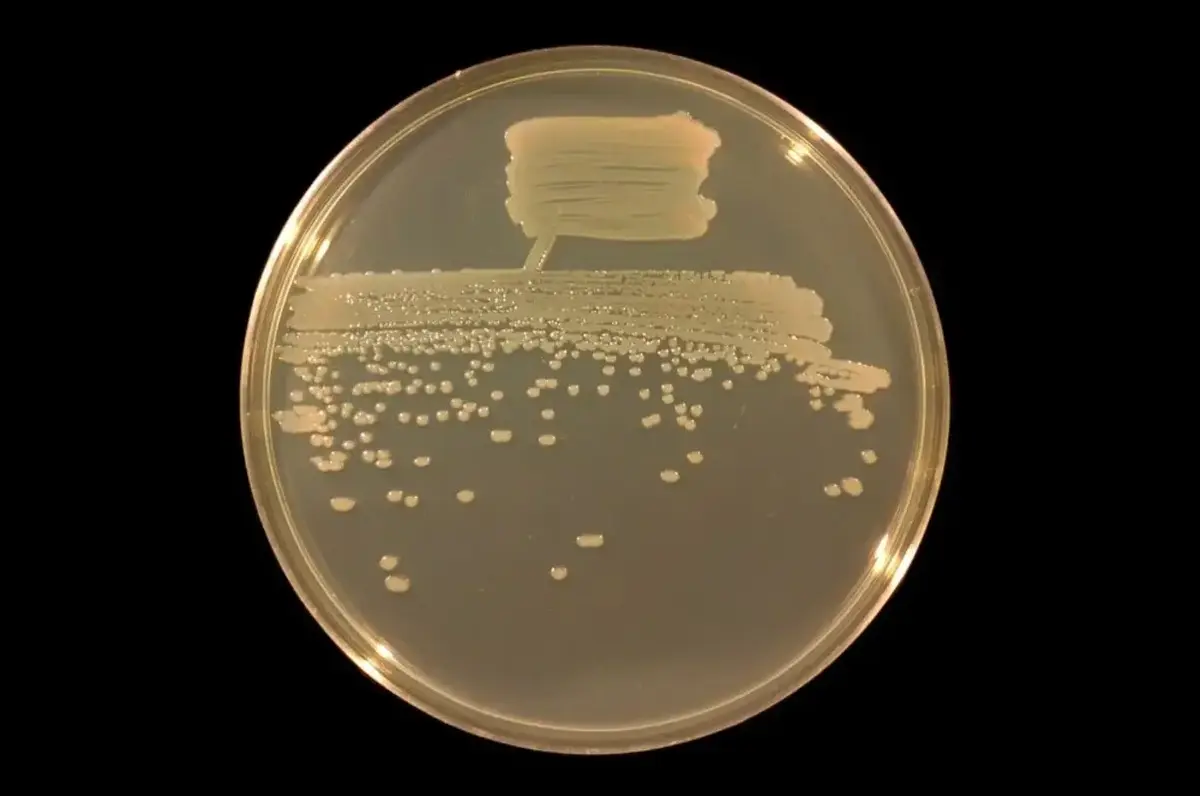A group of biologists from France discovered by chance, during an experiment, that two types of bacteria, one of which naturally feeds on the other, switched places. A small change in temperature is all it takes to activate the switch.
The relationship between animals in nature, especially between predator and prey, often depends on environmental conditions. For example, in some predatory fish, water temperature affects the timing and duration of attacks on other species. Snow depth determines the success of wolves in winter hunting. Animals that are sufficiently tired become weak and cannot run fast in deep snow; Wolves with strong muscular legs use this. However, displacement of predator and victim also occurs. An example of this is the giant belostomat beetle (Belostomatidae), which attacks amphibians and reptiles.
Relationships at the microcosm level also depend on environmental conditions in bacteria, which are also their victims and predators. This relates to the antagonism of microorganisms in which one strain completely suppresses or slows down the growth of the other. Unlike insects, the roles of predators and prey in bacterial communities are fixed. At least it was believed to be so until now. A group of biologists led by Marie Vasse (Marie VasseA study from the French National Center for Scientific Research showed that these roles may vary in bacteria; these were determined by the temperature at which the population was born. The results of the study were published in the journal PLoS Biology.
soil bacteria Myxococcus xanthu They live in colonies and eat other bacteria and fungi. The cells that make up the colony move towards the potential victim, surround it, and begin removing its nutrients. The main production of these bacteria is Pseudomonas fluorescensThose that live in soil and water.
Initially, Marie Vasse and her colleagues set out to find out how well this worked. M. xanthus preys on other species (only P. fluorescens) under different conditions. During the experiment, scientists increased the populations among other things P. fluorescens at two temperatures: 32 degrees Celsius and 22 degrees. Two hours later, microorganisms growing at 32 degrees were “fed” M. xanthus.
As expected, M. xanthus almost completely destroyed the colony P. fluorescens . However, the picture changed when scientists gave the prey grown at 22 degrees to hunters. The victim turned into a predator. Now P. fluorescens destroyed M. xanthus and two other types of bacteria.
The authors concluded that they were grown in colder conditions P. fluorescens They secrete a chemical compound that can break down and destroy other bacteria. Additionally, the team of scientists noted: P. fluorescens grew rapidly after the destruction M. xanthus Therefore, they must have consumed the nutrients in the cells of the “ancient predators” and thus hunted them.
“In our study we showed that the predator-prey role in bacterial communities is not fixed. It can change quite easily and quickly depending on environmental conditions,” explained Vasse.
Scientists will continue experiments with steam M. xanthus-P. fluorescent. In particular, they will try to find out whether the change in the roles of prey and predator can occur even at lower temperatures. Vasse noted that the ecology of bacteria may be more variable than scientists previously thought. Presumably most bacterial species engage in predation to some degree, meaning that they have developed an adaptation to it over the course of evolution.













